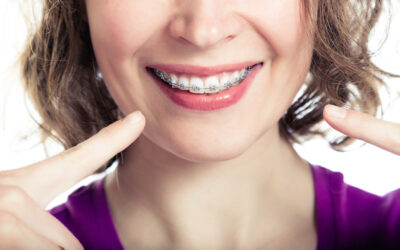When Can I Eat Crunchy Foods After a Tooth Extraction?

Crunchy foods add texture and flavor to meals, but after a tooth extraction, their enjoyment must be delayed to avoid complications. So, when can you reintroduce crunchy foods into your diet safely after a tooth extraction? This guide provides insights into the timing and considerations to ensure a smooth recovery.
Understanding the Healing Process
Following a tooth extraction, your body undergoes a remarkable healing process. Initially, a blood clot forms in the socket, protecting the underlying bone and nerves while facilitating tissue regeneration. Over time, this clot is gradually replaced by new tissue, and the surrounding gums begin to heal.
Post-Extraction Diet Guidelines
During the initial stages of healing, it’s crucial to adhere to the post-extraction diet guidelines provided by your dentist or oral surgeon. These guidelines typically recommend consuming soft, easy-to-chew foods to minimize discomfort and reduce the risk of complications such as dislodging the blood clot or irritating the surgical site.
Opt for soft foods like soups, yogurt, mashed potatoes, scrambled eggs, and smoothies in the days immediately following your tooth extraction. These foods are gentle on the healing gums and require minimal chewing, allowing for a smoother recovery process.
Timing for Reintroducing Crunchy Foods
While it’s natural to crave your favorite crunchy snacks, patience is key to ensure proper healing. Rushing to reintroduce crunchy foods too soon can disrupt the healing process and increase the risk of complications, including delayed wound healing, infection, or dry socket.
Dentists typically recommend waiting at least one to two weeks before reintroducing crunchy foods into your diet after a tooth extraction. By this time, the initial stages of healing are well underway, and the risk of complications is significantly reduced. However, always listen to your body and consult your dentist if you experience any discomfort or sensitivity when attempting to eat crunchy foods.
Signs of Readiness for Crunchy Foods
Before reintroducing crunchy foods into your diet, it’s essential to assess your readiness. Look out for signs such as minimal or no pain or discomfort at the extraction site, absence of swelling or inflammation in the surrounding gums, normalized sensation when biting or chewing, and clearance from your dentist to resume a regular diet.
If you experience any pain, discomfort, or unusual symptoms when attempting to eat crunchy foods, it’s best to wait a few more days and focus on soft, easy-to-chew options until your gums have fully healed.
Tips for Safely Enjoying Crunchy Foods
When you’re ready to reintroduce crunchy foods into your diet, follow these tips to minimize the risk of complications:
- Choose soft or thinly sliced crunchy foods to reduce the amount of pressure required for chewing.
- Avoid hard, sticky, or overly crunchy foods that may exert excessive force on the extraction site.
- Chew slowly and carefully, focusing on using your teeth on the opposite side of the extraction site whenever possible.
- Rinse your mouth with warm salt water after eating to promote cleanliness and reduce the risk of infection.
Conclusion
While crunchy foods may be tempting, it’s crucial to prioritize your oral health and follow the recommended guidelines for a smooth recovery after a tooth extraction. By adhering to post-extraction diet recommendations, waiting for the appropriate time to reintroduce crunchy foods, and paying attention to your body’s signals, you can enjoy your favorite crunchy snacks safely while supporting your healing process effectively. Remember to consult your dentist if you have any concerns or questions about your post-extraction diet.



